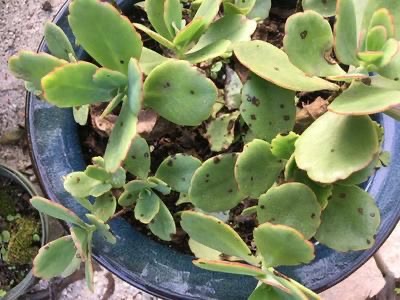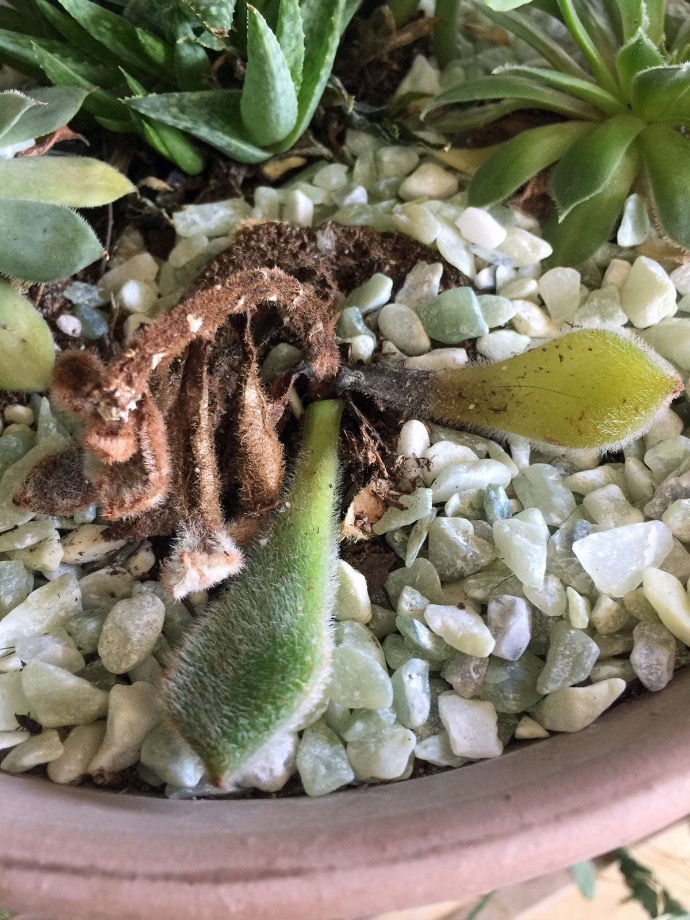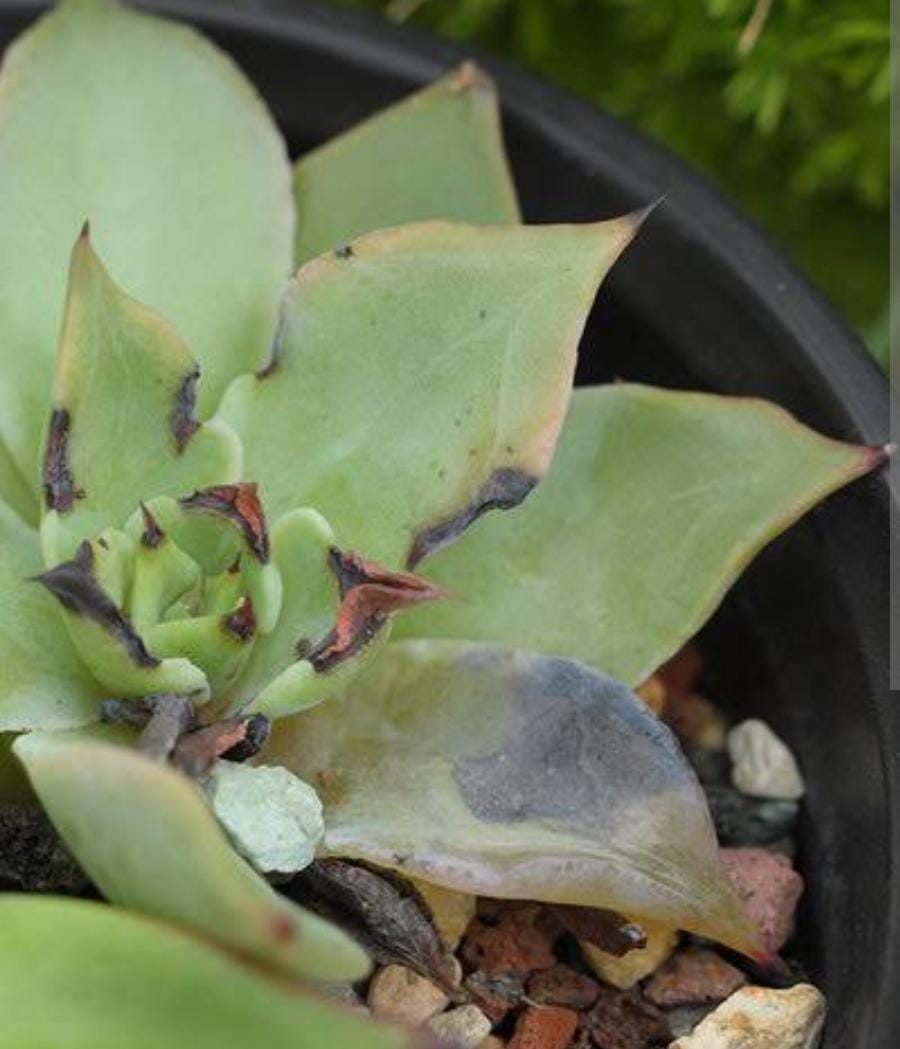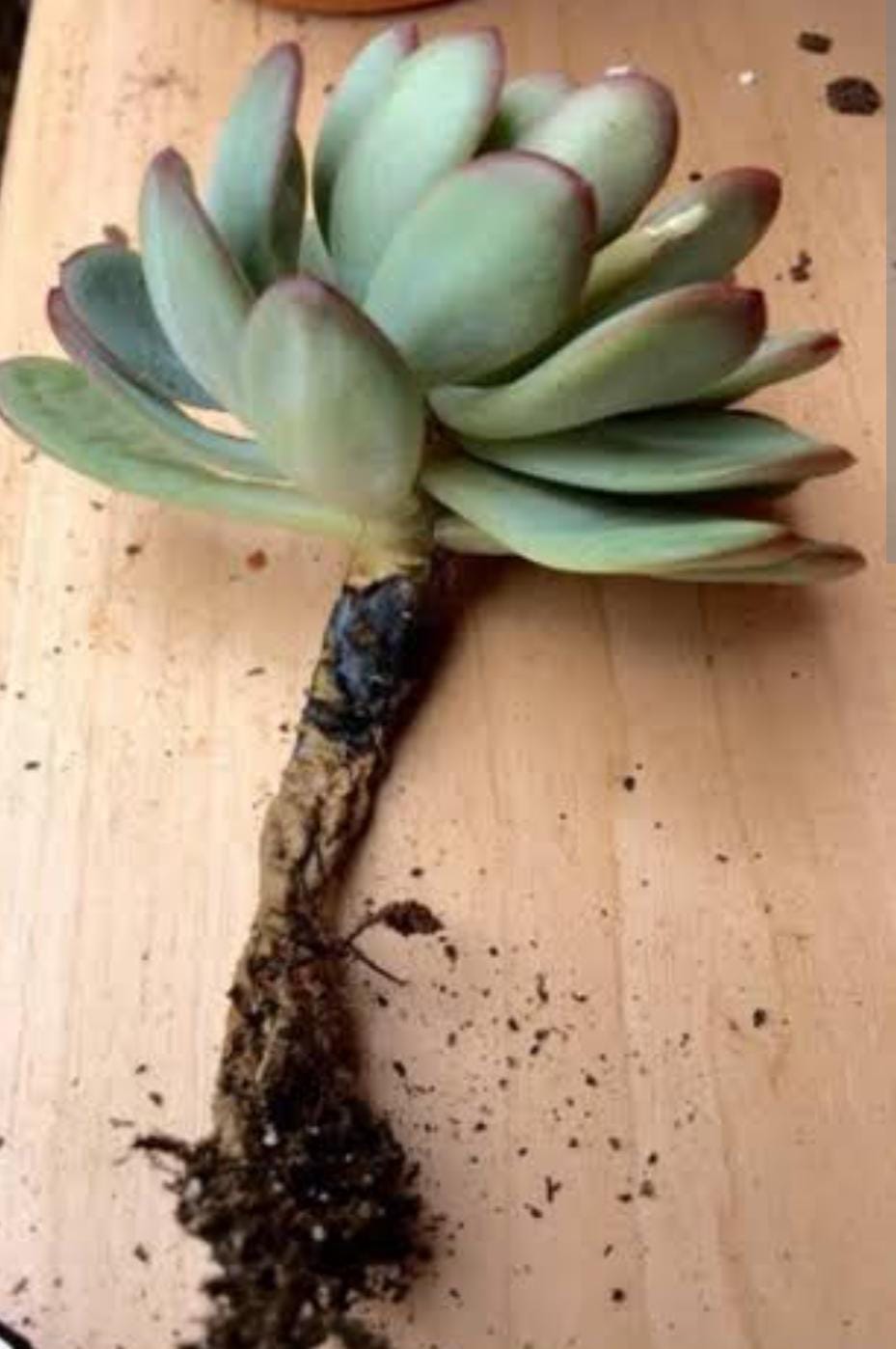Succulent Plant
Succulents, a diverse group of water-storing plants, have varying care requirements depending on the specific species. Generally, plant in well-draining soil and provide bright, indirect light. Allow the soil to dry between waterings. Adjust care based on the individual succulent's needs.
Habit
Various
Height
0.2-1 m
Growth
Variable
Soil
Well Drained, sandy
Shade
Full Sun
Moisture
Dry to Moderate
Edible
No
Medicinal
No
Origin
Global
Climatic Condition
Arid, Semi-arid
Temperature (°)
15-30°C
Humidity (%)
40-60%
Potting media
Cactus mix
Fertilizers
Balanced, organic NPK
Watering
Light watering
Plant Weight
Varies
Flowering Time
Spring, Summer
Soil Ph level
5.5 - 6.5
Water Ph level
6.0 - 7.0
Soil EC
1-2 dS/m
Yield Per Plant
Ornamental, low maintenance
NPK ratio
10:10:10
life Span
Perennial
Health Benefits
Ornamental, moisture retention
Common Diseases and Remedies
leafspot , dry rot
More or less circular, brownish or reddish spots with a darker ring
Neem oil
What Is A Succulent?
In botany, a succulent plant, also called a succulent plant, is a plant that is typically thickened, fleshy, and swollen to store water in dry climates or soil conditions. It is a plant with parts. The word succulent comes from the Latin word "sucus," meaning "sap" or "juice."
What Are The Different Types Of Succulents
1. Hens and Chicks (sempervivum tectorum):
Sempervivum means "to live forever" and this succulent is perfect for people who don't have an innate ability to grow. The succulent "Chicken and Chicks" reproduces very quickly and can leave multiple offspring called "chicks". With over 3,000 different species, this Sempervivum species comes in a wide range of colors that can be combined in your garden.
2. Stonecrop (Sedum spp.):
Stonecrop succulents come in a variety of colors, from bright greens and pinks to silvers and blues. There are two main types of sedum. Tall sedums and creeping sedums. Tall sedums have long stems and can reach a height of 1 to 1 meter. It is known for its colorful flowers that look great in the summer garden. Creeping sedum grows along the ground and is primarily used in rock gardens, rock walls, or roofs.
3. Ball Cactus (Parodia magnifica):
The ball cactus is one of the uniquely shaped succulents because it grows 1 to 2 feet tall and resembles a hot air balloon. . However, it is not as smooth as a balloon, as it has spike columns attached to the outside. Ball cacti produce small yellow flowers that prefer to grow in clusters.
4. Stuffed Plant (Echeveria pulvinata):
Stuffed Plant is covered with fine white hairs that shimmer in the sun, giving it a silvery appearance. Native to southern Mexico, it blooms with beautiful orange-yellow flowers that reflect the setting sun. It prefers partial shade and can be planted in the ground in the garden or in containers. For best results, it's important to repot stuffed plants in warmer weather. Always make sure the soil is completely dry before repotting.
5. Dadreya (Echeveria):
Dadreya belongs to the genus Echeveria and is not native to California. There are over 40 different varieties of this succulent, some of which are on the endangered species list. They are rosette-forming plants, meaning their leaves are arranged in a circle. Most leaves have rounded edges and can live up to 100 years if well cared for. These plants grew wild on hills to protect their leaves from water. Therefore, be careful not to touch the leaves when watering.
How To Care For Succulents
Location
Place near a south or east facing window. The same settings also work in warm weather. Alternatively, you can move indoor succulents outdoors in the spring and summer. Choose a sheltered location where the plant receives bright, indirect light.
Soil
Because succulents are drought-tolerant plants and do not require constant moisture, potting soil should be porous, well-drained, and contain less organic matter than traditional indoor soil mixes. Must be. A loosely granular soil mix with a high content of sand and perlite or pumice is ideal.
Sunlight
Succulents love light and need about 6 hours of sunlight per day, depending on the type of succulent. Most succulents can't survive in full shade, but they don't need to be exposed to hot sun all day, so sheer curtains can provide some shade.
Hydration
The most important rules when watering succulents are: Water only when the soil in your succulent container is completely dry. Again, wait until the soil is completely dry between watering. If the soil is crumbly and dry, do not water. As you know, most houseplants want their soil to be constantly moist.
Nourishment
NPK fertilizer is a synthetic fertilizer consisting of three major nutrients: nitrogen (N), phosphorus (P), and potassium (K). These nutrients are essential for the growth and development of succulents and are included in varying proportions in NPK fertilizers. A balanced NPK ratio of 2-4-2 is recommended for succulents.
Issues
Succulents do not like to be in damp soil, so a glass jar or terrarium is the ideal potting solution. Containers that don't drain can cause problems, especially in the winter when succulents don't need as much water. Wet soil can cause diseases and insects in succulents
What Are The Benefits Of Succulents
Low maintenance.
Improved air quality and circulation.
They adapt to many climatic zones.
Bring a charming touch of the outdoors indoors.
The fleshy leaves have a moisturizing effect.
Plants reduce stress.
Plants have the effect of increasing concentration.
Better health through green.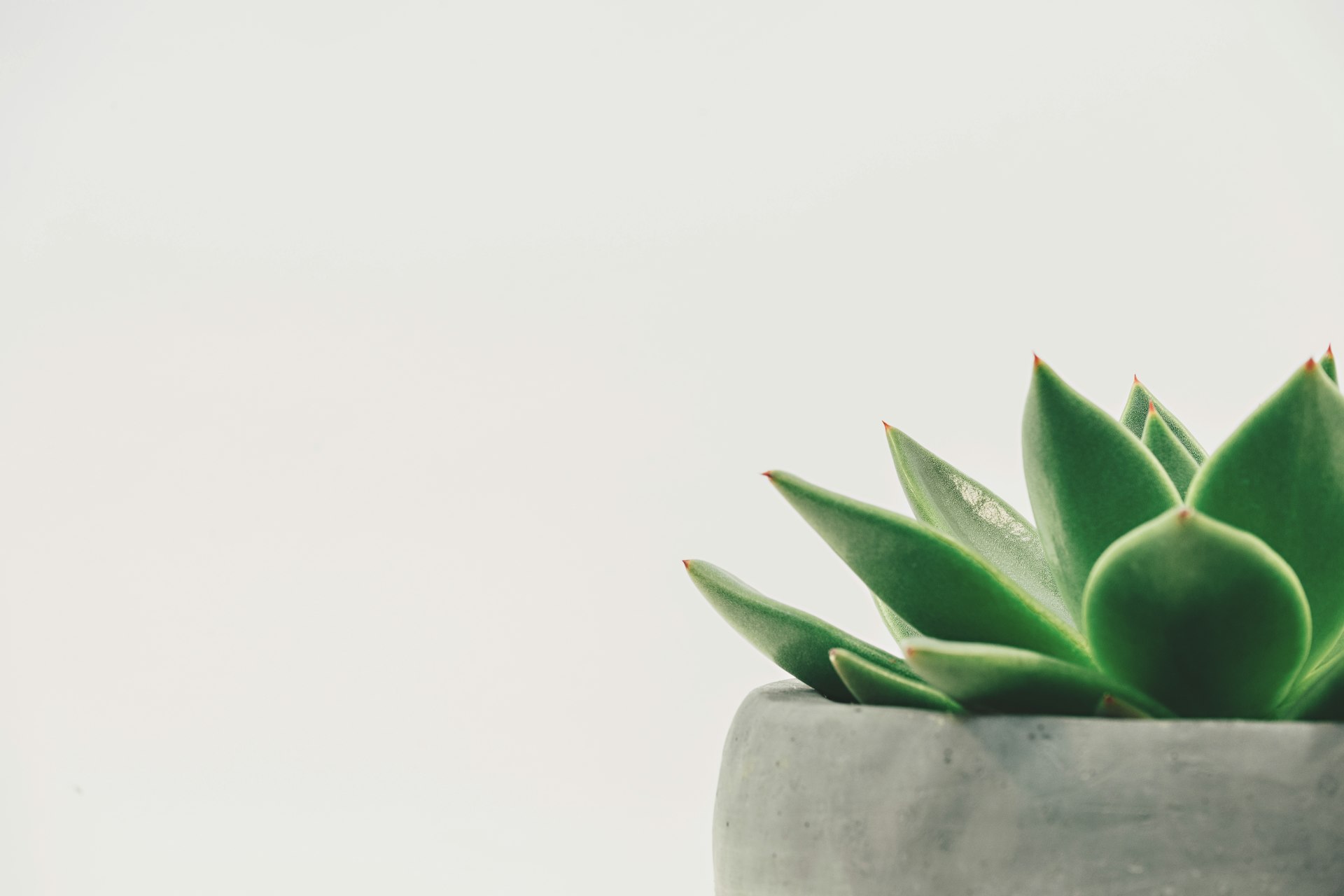
FAQs About Growing Succulents
1. 5 ways succulents can help you live a healthy life?
Place these plants in your bedroom to provide fresh air while you sleep and This ultimately leads to improved sleep quality. Purify the air – Succulents like snakeweed and aloe vera are great for purifying the air and removing toxins.
2. What's special about succulents?
Succulents have a natural sunscreen known as epicticular wax or farina. This coating or film protects the succulent from sunlight and prevents the succulent's leaves from burning if there is too much light. Succulents are quite resistant to pests. This is another reason why it is easy to clean.
3. Are succulents edible?
Many succulents are safe to consume, and they also provide unique flavors and textures, but be aware that not all succulents are safe to consume. is required. 11. September 2023
4. Do succulents clean the air?
Succulents not only add attractive accents to indoor spaces, but they are also powerful allies in improving indoor air quality.
